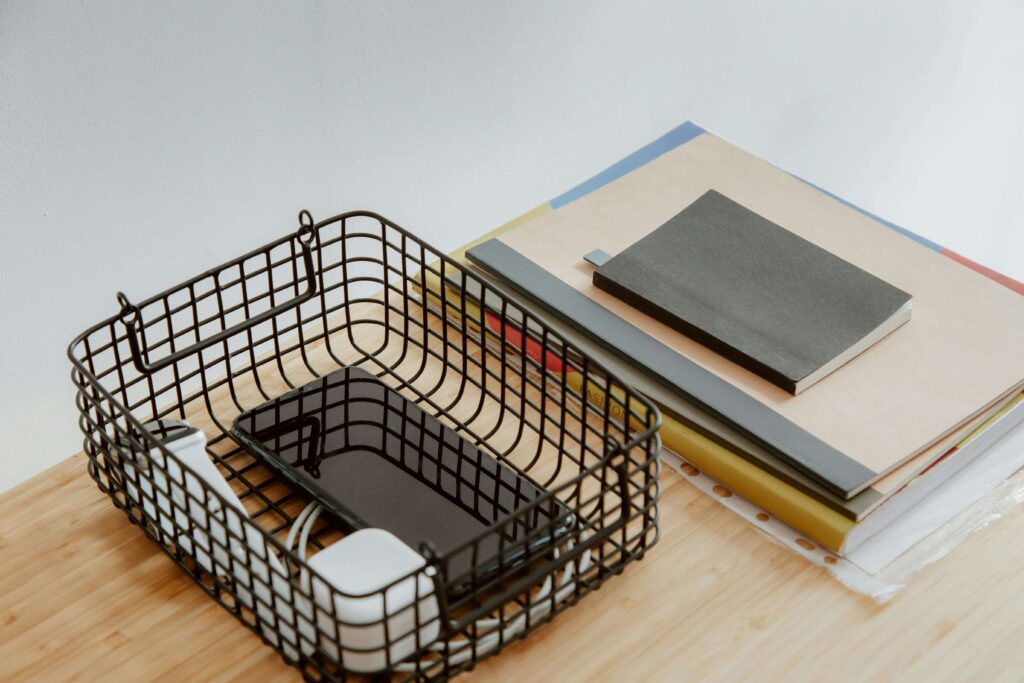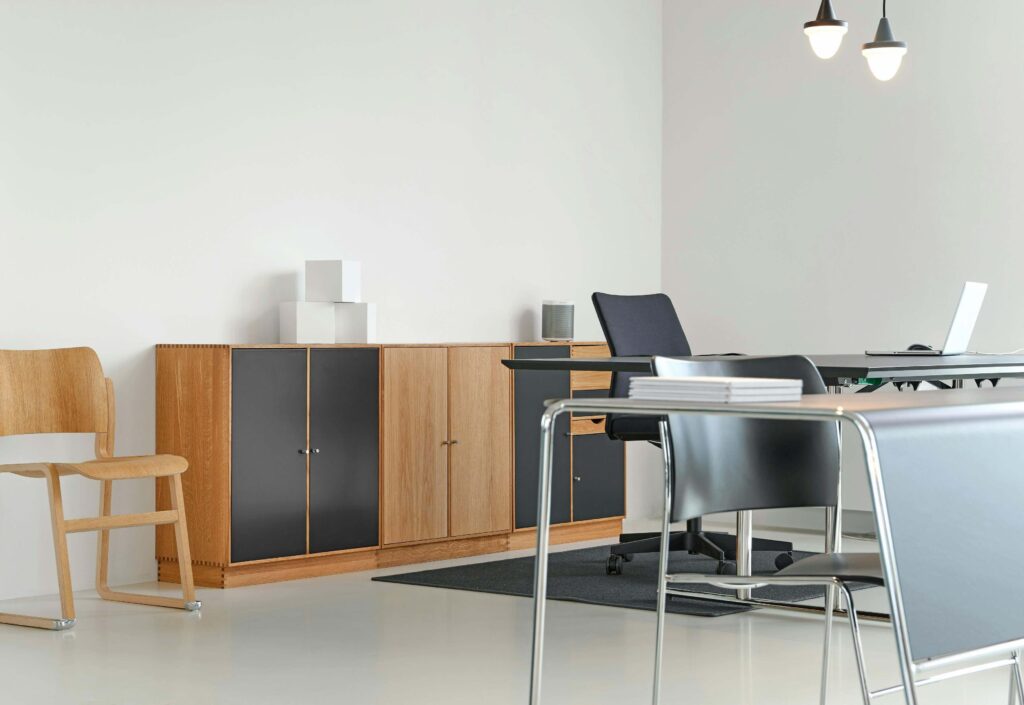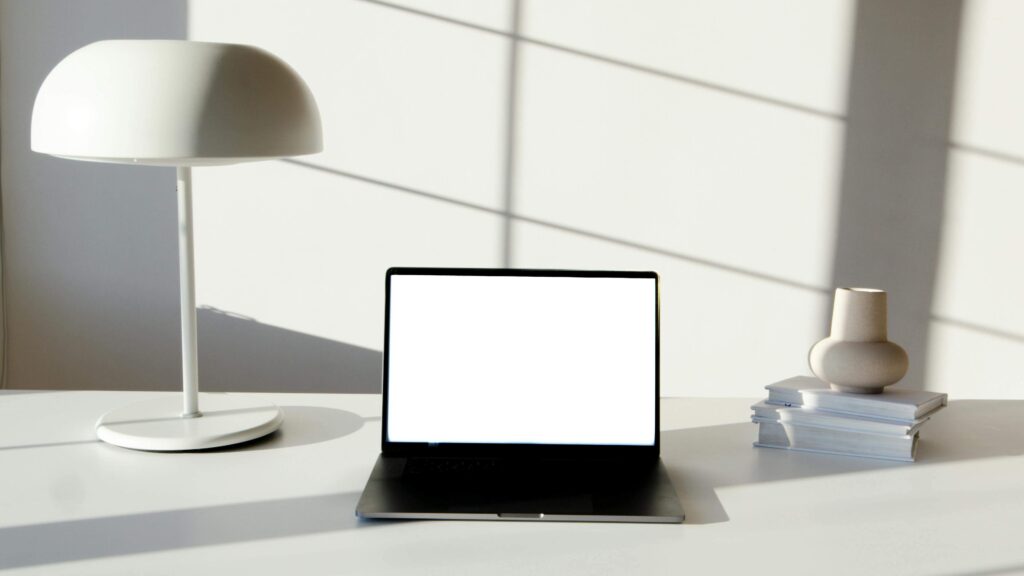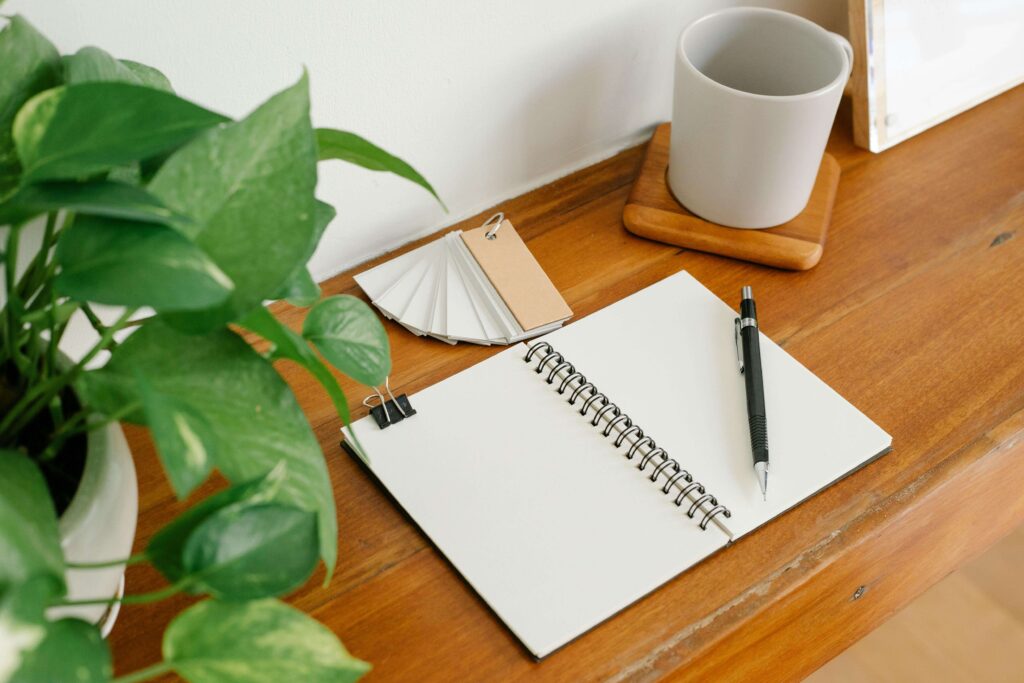Since the pandemic, working from home has become ordinary. Home office feng shui is applied design for energy flow—how the room shapes attention, mood, and outcomes. When the layout supports you, qi settles. Focus strengthens. The day moves with less friction.
Choosing the room (and the phase you’re in)

If you can choose where the office lives, match the room to the phase of your work. In the bagua, the eight-sector map used to read a floor plan, each direction stands for a quality of movement. The East and Southeast carry a wood signature: springlike growth, planning, steady momentum. They suit early projects and turning ideas into reality. The South relates to fire, which is visibility and recognition, so it helps with outreach, PR, and launches. The Northwest corresponds to metal, meaning support, mentorship, and leadership; it suits coordinating people and consolidating wins.
Don’t force a compass reading if the layout is fixed. Whatever the sector, prioritize daylighting, glare control, and ventilation. Clear light, fresh air, and calm sightlines keep the energy flow even and help the mind stay composed. We’ll unpack the sectors, the elements, and how they map to work in a separate guide.
Keep work and sleep on different rhythms
Work calls for a light-yang field, focused, outward, and alert. A bedroom needs yin: stillness, depth, and recovery. See my guide to Feng Shui bedroom layout mistakes for common pitfalls and fixes. When an office lives in the bedroom, the two energy flows mix. By day the room can feel dull or scattered. By night the mind stays “on,” and sleep runs shallow.
If you can, avoid a bedroom office. If it is your only option, create a true boundary with a screen, bookcase, or curtain. Open the boundary at the start of the day and close it when you finish. Power down or cover screens, put tools away, and keep the palette quiet. This simple closing ritual clears visual noise, steadies the field, and allows the room to return to night-time calm.
The desk: anchor the qi before you add anything else
In feng shui we read form, function, and mass. The desk concentrates your behavior and attention, so it becomes the primary conductor of qi in a home office. Start here. When the desk is stable, the room’s energy field steadies and your work gains coherence. Choosing a good desk is also a statement of intent. You respect the work, so the space begins to support it.

Pick a desk that feels solid and steady so qi can land. Wood or a dense composite reads grounded and warm. All-glass often disperses energy and introduces glare, which distracts. Give yourself real surface area. Depth and width create an open foreground for ideas rather than a cramped face-to-screen posture.
Mind edges and finish. Rounded or chamfered edges soften sha from sharp corners and feel calmer to the body. A matte surface protects the eyes and lowers visual noise. Keep color quiet, such as natural wood, sand, or soft gray, to steady the field.
Desk placement (command position)

Sit where you can see the door but are not in a straight line with it. This command position quiets the startle reflex and helps attention register what is coming toward you. Avoid a door, opening, or window behind you because movement, drafts, and shifting light keep the nervous system on alert and let qi drift away. A solid wall is best because it provides clear backing and a grounded sense of support. If a wall is not available, create backing with a high-back chair and a stable backdrop such as a low cabinet, bookcase, or freestanding screen. Ideally, keep the window to one side and slightly forward of the desk, so natural light nourishes you without pulling your gaze outside.
What belongs on the desktop
Keep a clear foreground. Only the tools that serve today’s work should sit on the surface: the computer, a task light, and one active notebook. Everything else lives in drawers or closed storage. This creates visual quiet and smoother flow.

In classical feng shui the left side is the Green Dragon and the right side is the White Tiger. The Dragon is set a little “higher” or more active than the Tiger. Place primary tools slightly to the left so the working field is supported. Let the right side stay lower and quieter, for a closed inbox or a single reference book.
Avoid placing “sha” on the Tiger side (the right) so you don’t activate harsh energy. Don’t leave scissors, blades, open tools, or tangled cords on that side. Route and tie cables to the back or toward the left, and keep bright reds or shiny metal out of your direct sightline.
The principle is simple: visual quiet creates coherent flow. Clutter interrupts circulation and fragments attention. A disciplined surface lets qi move evenly and allows the mind to settle into the work.
Plants that soften, cool, and refresh

Healthy plants bring living qi into a tech-heavy room and round off hard lines. Choose broad-leaf, non-spiky species such as fiddle-leaf fig, monstera, or philodendron. Their large leaves help cool the hot load from screens and chargers while soften hard edges. If the desk faces the door, set it slightly ahead so it works as a gentle buffer without blocking the path.
Keep cacti and thorny varieties off the desktop. In a compact workspace they read as sharp, defensive energy and raise tension. Prune vining plants on time and keep them contained. Do not let them sprawl across surfaces. If you like vines, add a small touch of warm red in the pot or nearby to lift the tone. Trailing greens are yin by nature and, in excess, can leave the room sleepy.
Give the plant honest light and a little space to breathe, keep the pot clean, and remove spent leaves promptly. A well-kept plant signals healthy flow rather than clutter.
Color, light, and sound (calibrate, don’t decorate)
Let color match the pace of your week. When work runs hot and busy, lean on light neutrals—soft woods, beige, sand, fog gray to calm the field. When days feel flat, add a small, strong accent (a print, a warm rug, a deep-blue object) to wake the room without shouting.
Layer the light. Use ambient glow for the room, warm task light for the desk, and a soft background light so your Zoom background reads calm and professional. Reduce harsh glare and heavy shadows. If noise travels, add acoustic treatment with a rug, curtains, or a fabric panel. The goal is coherence rather than turbulence so the room feels settled and clear.

